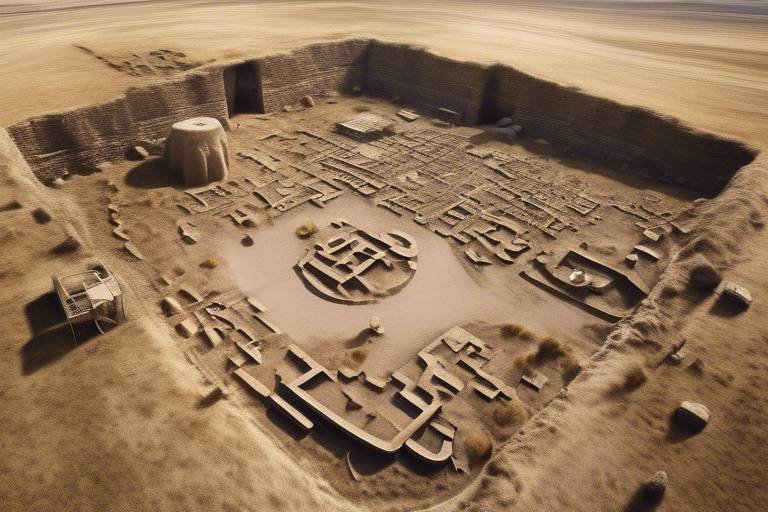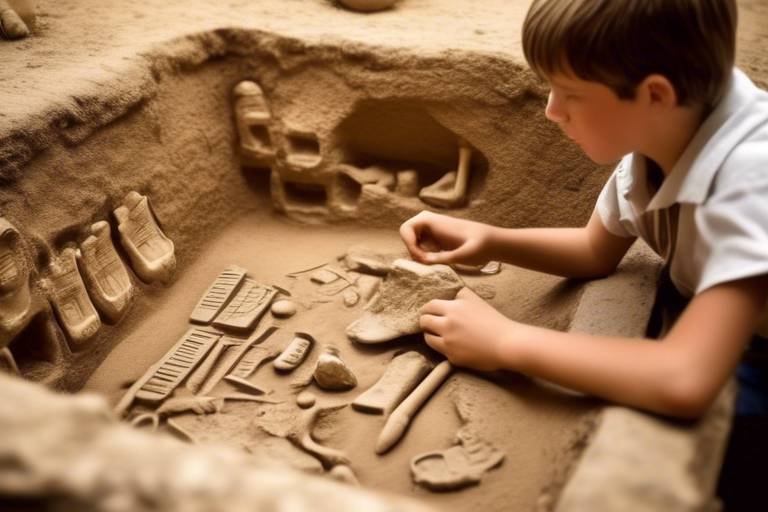The Intersection of Archaeology and Environmental Studies
When we delve into the fascinating realm where archaeology and environmental studies intersect, we uncover a treasure trove of insights into how the natural world has shaped human civilizations and how ancient societies have left their mark on the environment. This dynamic relationship between the past and the present not only enriches our understanding of history but also offers valuable lessons for sustainable living in the modern era.
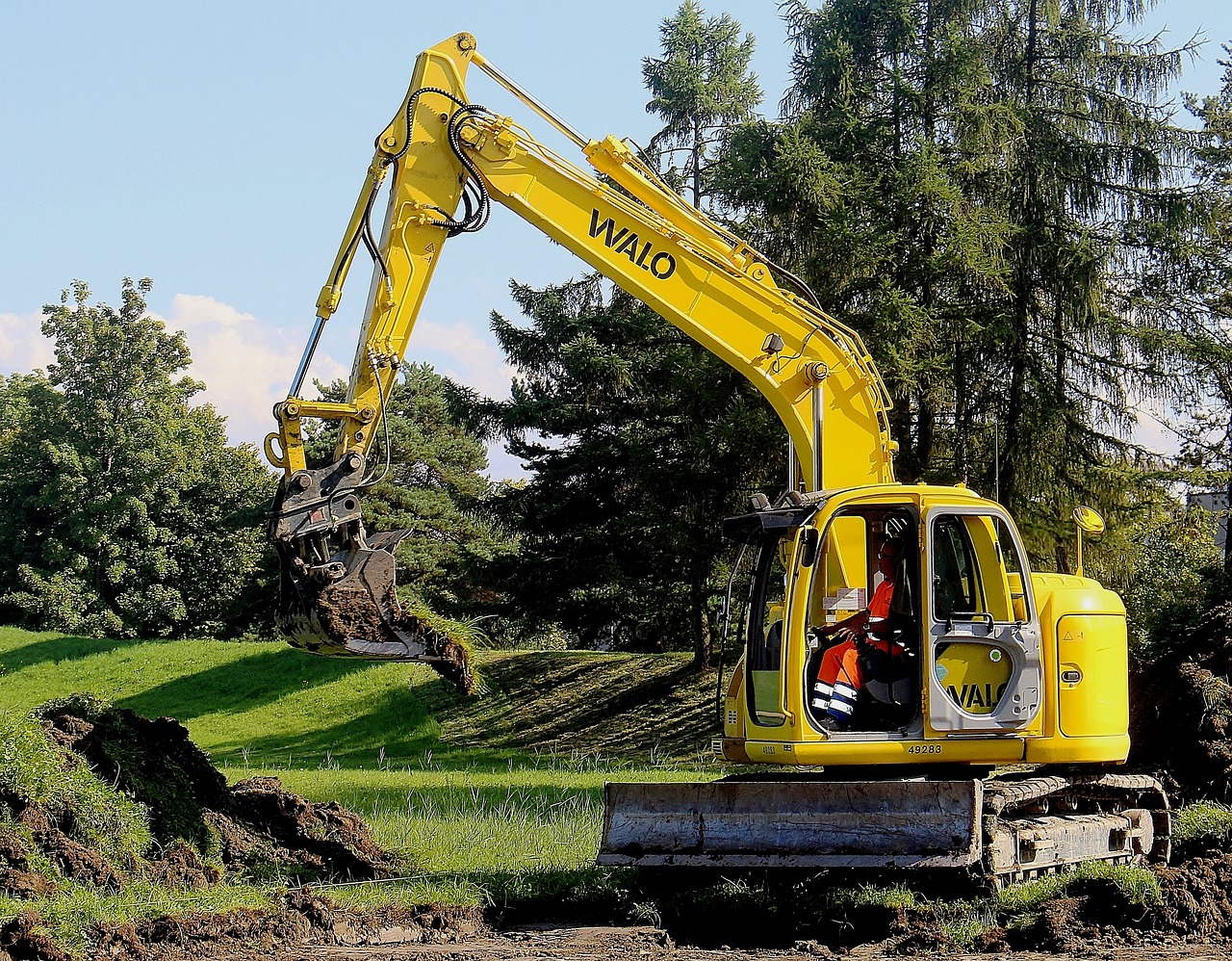
Importance of Environmental Context in Archaeology
When delving into the realm of archaeology, one cannot overlook the paramount significance of environmental context in unraveling the mysteries of the past. The environment in which ancient civilizations thrived played a pivotal role in shaping their daily lives, cultural practices, and societal structures. By understanding the environmental factors that influenced human behavior, archaeologists can paint a more comprehensive picture of the past and gain insights into the interactions between people and their surroundings.
Climate change, landscape transformations, and the availability of natural resources are just a few examples of environmental variables that have left indelible imprints on archaeological sites. The study of environmental context allows researchers to contextualize artifacts within their ecological settings, providing valuable clues about how ancient societies adapted to and exploited their environments.
Moreover, by examining the relationship between humans and their surroundings, archaeologists can trace the evolution of cultural landscapes and the impact of environmental changes on societal development. The interconnectedness of archaeology and environmental studies offers a holistic perspective on human history, highlighting the intricate dance between people and their natural habitats.
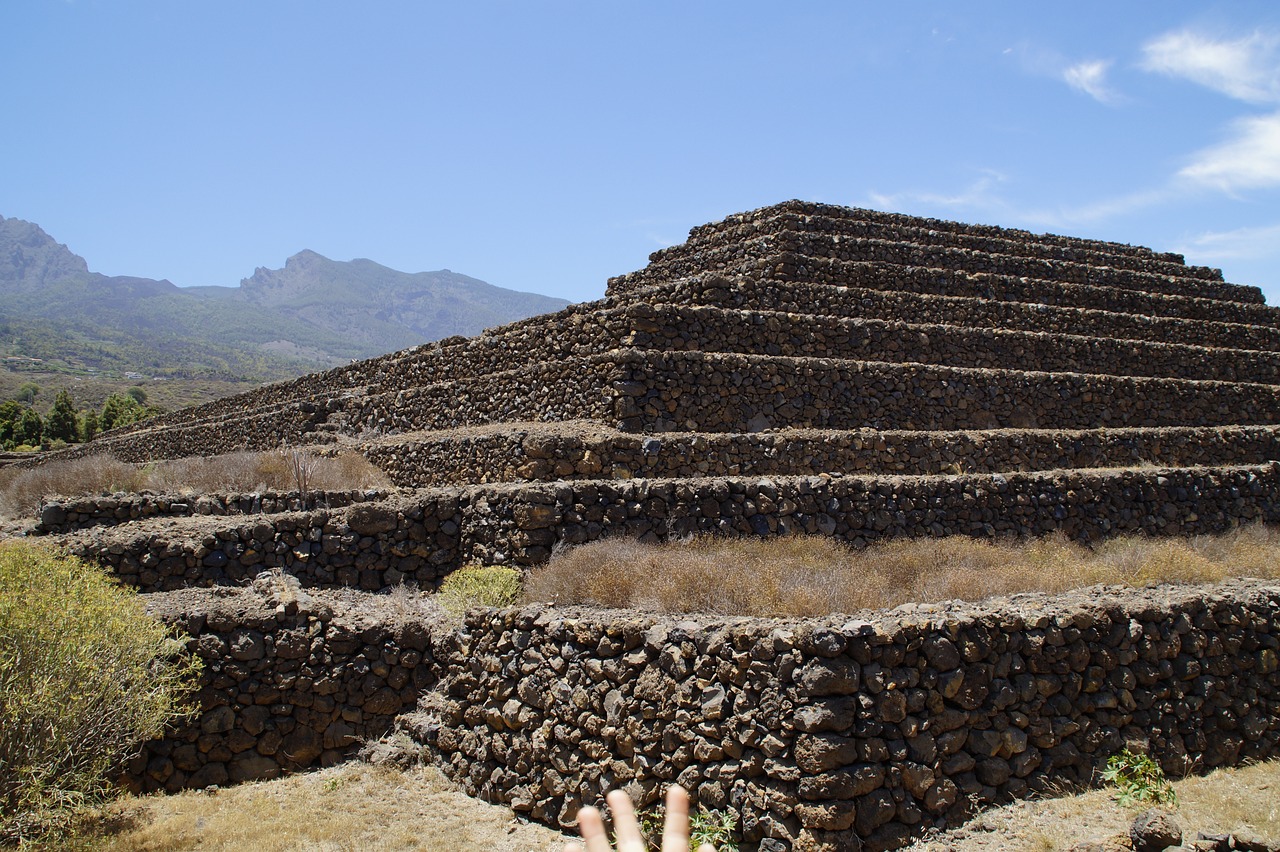
Methods for Environmental Reconstruction in Archaeology
When it comes to unraveling the mysteries of the past and understanding how ancient civilizations interacted with their environments, archaeologists employ a variety of scientific methods for environmental reconstruction. These techniques not only shed light on the landscapes of bygone eras but also provide valuable insights into the ways in which environmental factors influenced human societies throughout history.
One of the key methods used in environmental reconstruction is pollen analysis, also known as palynology. By studying fossilized pollen grains found in sediment layers or archaeological sites, researchers can reconstruct past vegetation patterns and climate conditions. This information is crucial for understanding how ancient civilizations utilized natural resources and adapted to environmental changes over time.
Another essential technique is dendrochronology, which involves analyzing tree rings to determine past climate variations and dating archaeological materials. By examining the growth patterns of trees, researchers can establish precise chronologies for archaeological sites and reconstruct past environmental conditions with remarkable accuracy.
Isotopic analysis is also a powerful tool in environmental reconstruction. By studying the ratios of stable isotopes in organic materials like bones or plants, archaeologists can glean information about past diets, migration patterns, and environmental conditions. This method provides valuable data on ancient human behavior and the ecological contexts in which past societies thrived.
Additionally, sediment core sampling plays a crucial role in uncovering environmental histories. By extracting sediment cores from lakes, rivers, or marine environments, researchers can analyze layers of sediment to reconstruct past climate fluctuations, environmental disturbances, and human activities. This method offers a detailed record of environmental changes over time, providing a wealth of information for archaeological interpretations.
Overall, the integration of these scientific methods in archaeology allows researchers to piece together the complex relationship between human societies and their environments. By reconstructing past landscapes and environmental conditions, archaeologists can deepen our understanding of ancient cultures, behaviors, and adaptations in the face of environmental challenges.

Palynology: Studying Ancient Pollen
Palynology, the scientific study of ancient pollen grains, plays a crucial role in reconstructing past environments and understanding the interactions between plants, climate, and human activities. By analyzing fossilized pollen preserved in sediment layers, palynologists can identify different plant species that existed in a particular region during ancient times. These pollen grains act as microscopic time capsules, providing valuable insights into past vegetation patterns, environmental conditions, and human impact on landscapes.
Through palynological analysis, researchers can track changes in plant biodiversity over centuries, detect shifts in climate regimes, and uncover evidence of human agricultural practices. By studying the distribution and abundance of pollen types, scientists can reconstruct past ecosystems and infer how environmental factors influenced the development of ancient societies. Palynology also helps in dating archaeological sites and correlating environmental changes with cultural events, offering a multidimensional perspective on human history.
One of the key advantages of palynology is its ability to provide continuous records of environmental changes, offering a long-term perspective on landscape evolution. By comparing pollen assemblages from different sediment layers, researchers can discern fluctuations in vegetation cover, land use patterns, and ecological disturbances. This information not only aids in understanding past environmental dynamics but also guides modern conservation efforts and land management practices.
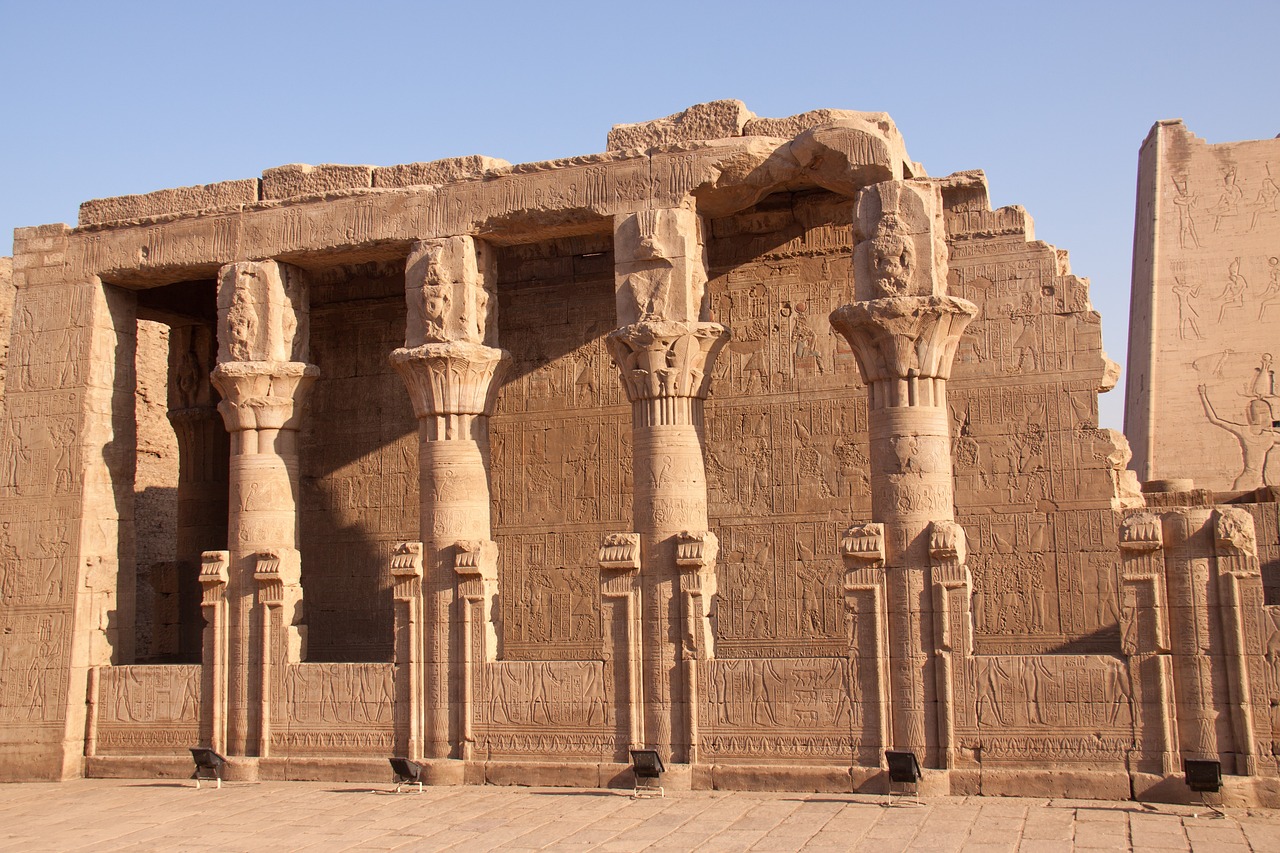
Geoarchaeology: Unraveling Human-Environment Interactions
Geoarchaeology is a fascinating field that delves deep into the intricate relationship between humans and their environment throughout history. By combining geological and archaeological methods, geoarchaeologists unravel the complex interactions that have shaped societies over time. Imagine peeling back the layers of soil to reveal the story of how ancient civilizations adapted to their surroundings, utilized natural resources, and responded to environmental changes.
Through soil analysis, sediment studies, and landscape surveys, geoarchaeology uncovers valuable insights into past human behaviors, settlement patterns, and resource management strategies. It provides a holistic view of how communities thrived or struggled in different environmental settings, shedding light on the resilience and vulnerabilities of ancient societies.
One key aspect of geoarchaeology is the study of stratigraphy, where layers of sediment and soil deposits are examined to understand the chronological sequence of human activities and environmental events. By analyzing the composition, texture, and spatial distribution of sediments, researchers can piece together a narrative of human-environment interactions, from agricultural practices to natural disasters.
Furthermore, geoarchaeologists use geophysical techniques such as ground-penetrating radar and magnetometry to map buried features and detect subsurface anomalies that may indicate past human disturbances or environmental changes. These non-invasive methods allow researchers to explore archaeological sites without extensive excavation, preserving delicate landscapes and minimizing impact on cultural heritage.
By unraveling the complexities of human-environment interactions, geoarchaeology offers a unique perspective on how past societies adapted to environmental challenges, exploited natural resources, and ultimately shaped the landscapes we see today. It highlights the interconnectedness of cultural development and environmental dynamics, emphasizing the importance of sustainable practices and conservation efforts in both archaeological research and modern society.

Environmental Degradation and Cultural Collapse
Environmental degradation and cultural collapse are intrinsically linked phenomena that have played a significant role in the downfall of various ancient civilizations. The impact of environmental factors, such as deforestation, soil erosion, and climate shifts, on the sustainability of human societies cannot be understated. As populations grew and resources were exploited beyond their limits, the delicate balance between humans and their environment was disrupted, leading to irreversible consequences.
One notable example of environmental degradation contributing to cultural collapse is the case of the ancient Maya civilization. The Maya people, known for their advanced knowledge of astronomy, mathematics, and architecture, thrived in the lush rainforests of Mesoamerica. However, extensive deforestation for agriculture and urban development eventually took its toll on the environment. The loss of forest cover led to soil erosion, depletion of natural resources, and disrupted water management systems, ultimately contributing to the decline of Maya city-states.
Similarly, the civilization of Easter Island, famous for its monumental stone statues called moai, faced a similar fate due to environmental mismanagement. The island's inhabitants, isolated in the vast Pacific Ocean, relied heavily on the island's limited resources for their survival. Overexploitation of the island's forests for construction and transportation of the massive statues, coupled with soil degradation and loss of biodiversity, led to societal collapse and resource scarcity.
These historical examples serve as cautionary tales for modern societies facing pressing environmental challenges. The parallels between past civilizations and our current global predicament highlight the urgent need for sustainable practices, conservation efforts, and informed environmental policies. By learning from the mistakes of the past and implementing responsible environmental stewardship, we can strive to prevent similar environmental degradation and cultural collapse in the present and future.

Lessons from Past Societies
Lessons from Past Societies can serve as valuable guideposts for our current challenges. By studying how ancient civilizations coped with environmental pressures, we gain insights into the consequences of unsustainable practices. For instance, the collapse of the Mayan civilization due to deforestation and soil degradation offers a cautionary tale about the importance of preserving natural resources. Similarly, the decline of the Easter Island civilization, believed to be caused by overexploitation of resources, highlights the need for responsible stewardship of the environment.
These historical examples underscore the interconnectedness of human societies and the environment. They remind us that our actions today have long-term consequences that can either sustain or jeopardize our future. By learning from the mistakes of the past, we can make informed decisions to ensure the resilience and longevity of our own civilization. Just as ancient societies adapted to environmental challenges, we must also be willing to evolve and embrace sustainable practices for the well-being of both present and future generations.
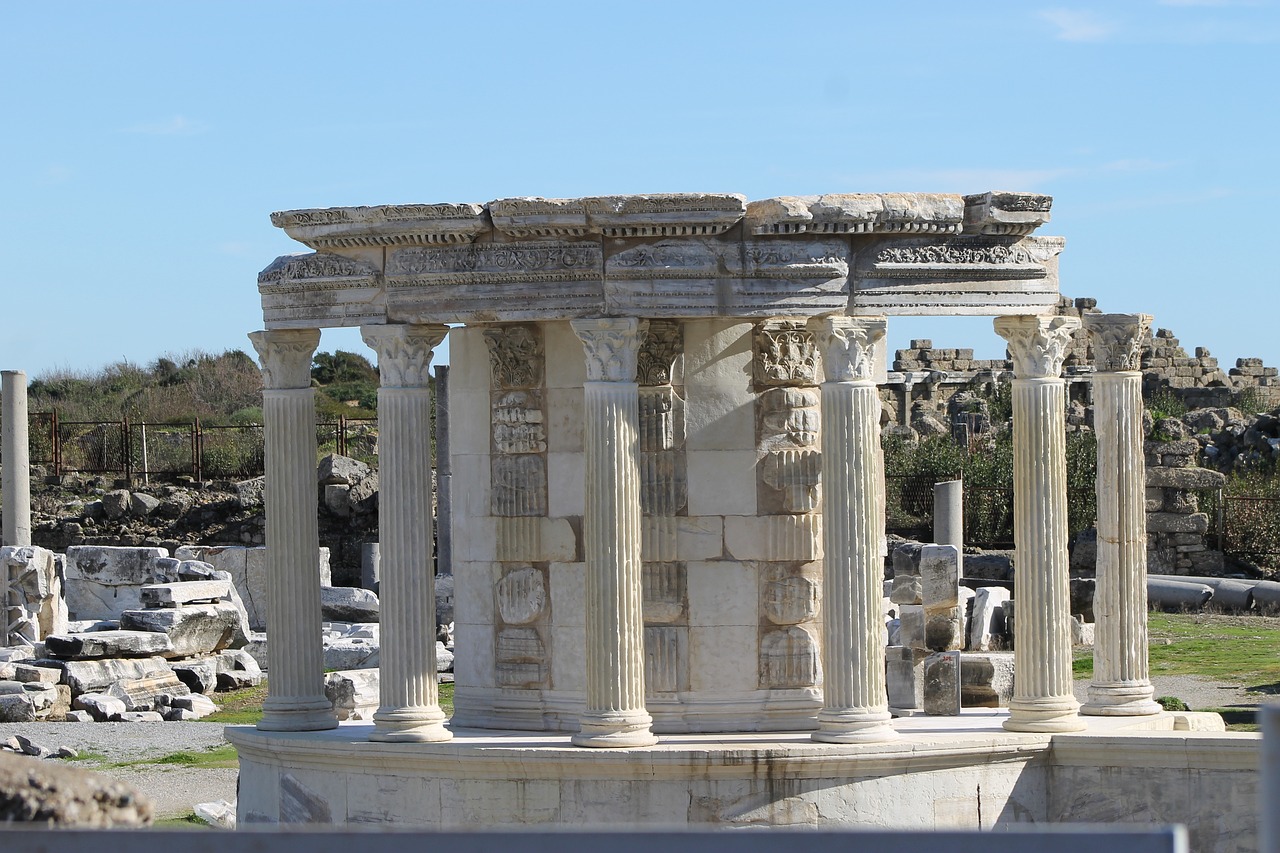
Future Directions: Integrating Archaeology and Environmental Conservation
As we look towards the future, the integration of archaeology and environmental conservation presents a promising path towards sustainable development and the preservation of cultural heritage. By fostering collaboration between archaeologists, environmental scientists, and policymakers, we can address pressing environmental threats and promote a harmonious coexistence with the natural world.
Archaeologists play a crucial role in identifying and protecting cultural heritage sites that are often intertwined with delicate ecosystems. Through careful excavation and documentation, archaeologists can provide valuable insights into past human-environment interactions, shedding light on sustainable practices that can inform modern conservation efforts.
Environmental scientists bring their expertise in analyzing ecosystems and mitigating environmental impact to the table. By working hand in hand with archaeologists, they can help assess the environmental repercussions of archaeological activities and develop strategies to minimize ecological disturbance while maximizing knowledge gain.
Policy makers hold the key to translating research findings and conservation efforts into tangible actions. By incorporating archaeological data into environmental policies and land management strategies, policymakers can ensure the protection of both natural and cultural heritage for future generations.
Collaboration among these diverse fields not only enriches our understanding of the past but also equips us with the tools to tackle present-day environmental challenges. By integrating archaeological insights with environmental conservation practices, we can pave the way for a sustainable future where the lessons of the past guide our actions towards a balanced coexistence with nature.
Frequently Asked Questions
- What is the significance of environmental context in archaeology?
The environmental context in archaeology is crucial as it helps us understand how factors like climate, landscape, and resources have influenced human behavior and cultural development throughout history.
- What scientific techniques are used in environmental reconstruction in archaeology?
Archaeologists use various methods such as pollen analysis, dendrochronology, isotopic analysis, and sediment core sampling to reconstruct past environments and gain insights into ancient civilizations.
- How does geoarchaeology contribute to our understanding of human-environment interactions?
Geoarchaeology combines geological and archaeological methods to study how humans have interacted with their environments over time, revealing patterns of adaptation, resource use, and landscape modifications.
- Can environmental degradation lead to cultural collapse?
Yes, environmental degradation, including deforestation, soil erosion, and climate shifts, has contributed to the decline or collapse of ancient civilizations. This highlights the importance of sustainable practices in modern society.
- What lessons can we learn from past societies facing environmental challenges?
By studying past societies, we can draw parallels to contemporary global issues and emphasize the need for informed environmental policies, conservation efforts, and sustainable practices to ensure a better future for generations to come.
- How can archaeology and environmental conservation be integrated for a harmonious coexistence?
Collaborative approaches between archaeologists, environmental scientists, and policymakers can help address current environmental threats, preserve cultural heritage sites, and promote sustainable development for a harmonious relationship with the natural world.

